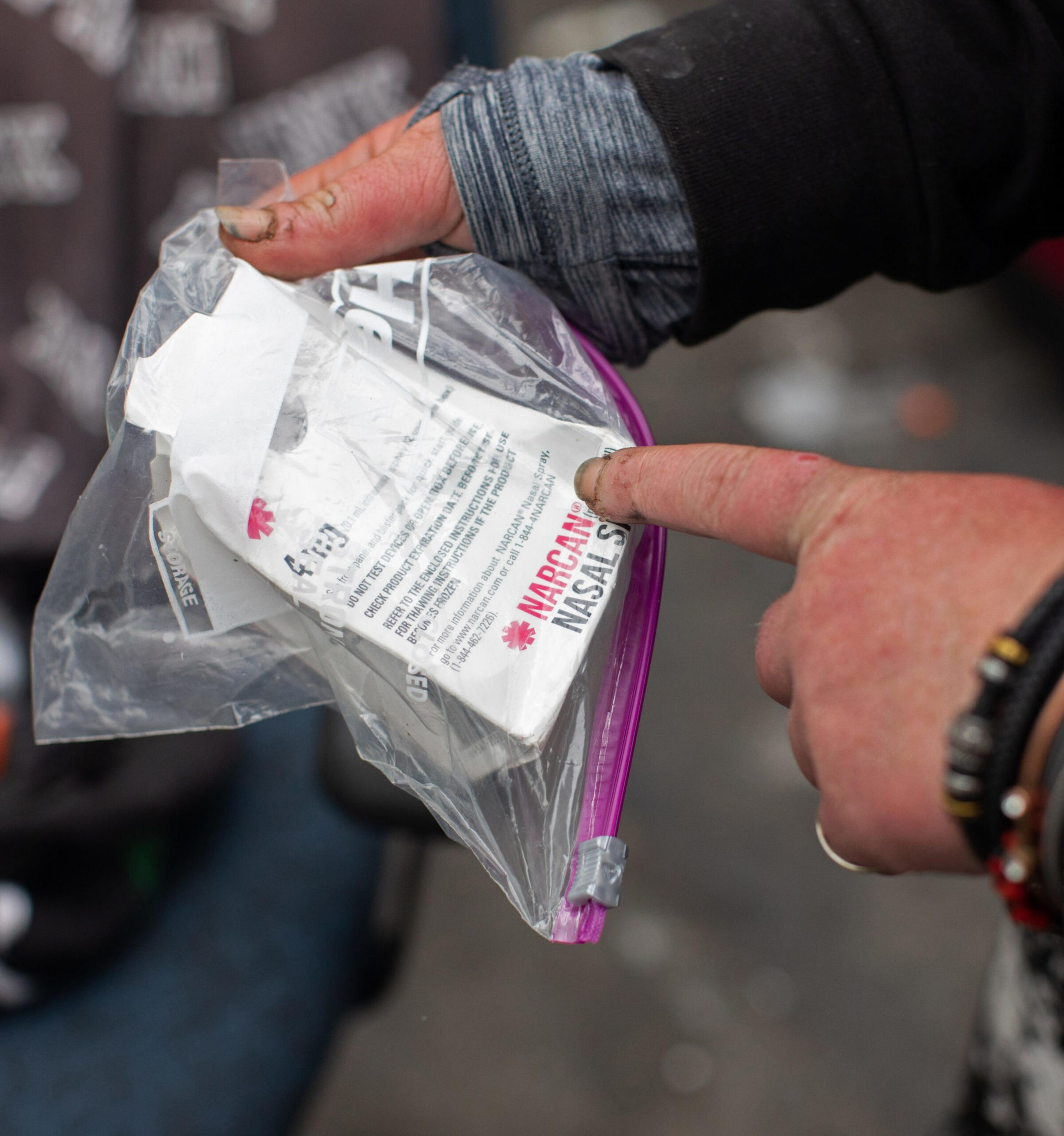San Francisco is bracing for powerful new drugs that are mixing into the country’s narcotic supply chains, potentially worsening the local overdose epidemic if they wind up in the city.
An opioid that’s believed to be more powerful than fentanyl, called Isotonitazene or “ISO” fentanyl, has been spreading on the East Coast. And experts warn that a rapidly spreading animal tranquilizer called Xylazine, or “Tranq,” could also dramatically raise risks for drug users that rely on Narcan to stay safe.
The city’s Department of Public Health said that they haven’t encountered the two drugs in San Francisco but that it’s “closely monitoring the situation.”
Chelsea Shover, a UCLA professor in epidemiology, said that Xylazine presents an especially great risk because it appears to be the more popular of the two drugs.
According to Shover, people who use Xylazine are prone to skin disease and may sleep for 12 hours at a time, opening them up to assault and robbery if they’re unhoused. And Xyzaline, since it’s not an opioid, is resistant to naloxone, an opioid antidote commonly referred to as Narcan.
Narcan works on Isotonitazene, but due to the drug’s potency, emergency responders have less time to administer Narcan to effectively reverse overdoses from the drug.

“You just have a very short time in which Narcan is going to work,” Shover said. “When we’re talking about synthetic opioids in particular, it’s sometimes the case that people require more than one dose.”
Shover also expressed concern that the spread of both drugs may be underreported due to antiquated data systems for tracking the spread of drugs.
Xylazine does not show up in post-mortem drug exams unless specifically tested for, which the medical examiner may not be incentivized to do when it’s mixed with fentanyl—which is more commonly detected and a more probable cause of death.
The DEA reported finding (opens in new tab) Isotonitazene in Washington, D.C., in June. The San Francisco Police Department said that it can’t confirm whether the drug has made its way to the city.
In San Francisco, the spread of fentanyl has flummoxed city leaders, who have oscillated between harm reduction and criminal justice measures as overdose deaths have surged. SFPD seized more than 144 pounds of fentanyl in 2022, and emergency workers reversed 2,848 overdoses during that time.
Nearly 12 people fatally overdosed every week last year, according to preliminary data.
In September, the health department released its first overdose prevention plan, which set a goal of reducing overdose deaths citywide by 15% by 2025.
Part of the overdose plan included creating safe consumption sites for people to use drugs under medical supervision, a plan that was recently put on pause while Mayor London Breed waits on legal clarity from the federal government.
The surge of deaths in recents years is largely attributed to fentanyl, which Shover says should still be the top concern.
“I’m still way more concerned about fentanyl, just by the numbers and by the ways that it’s sold,” Shover said. “The supply lines are less established for Isotanitazene.”
